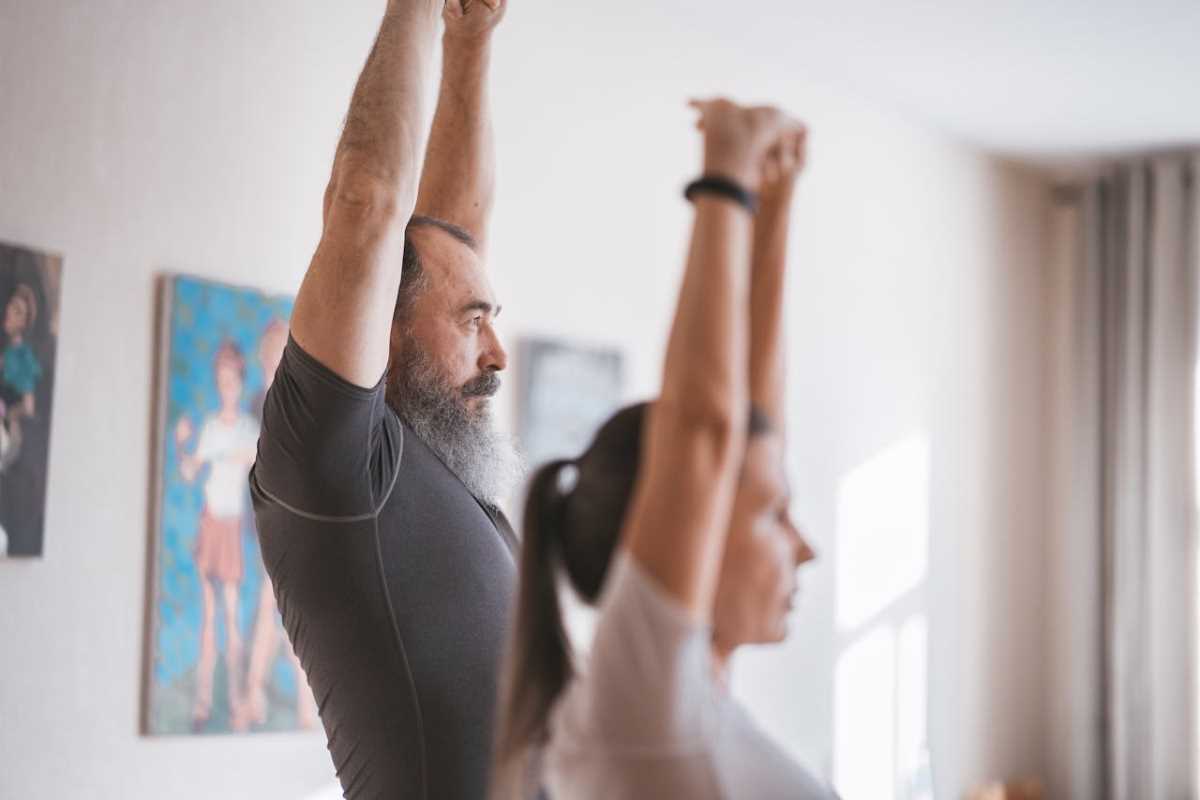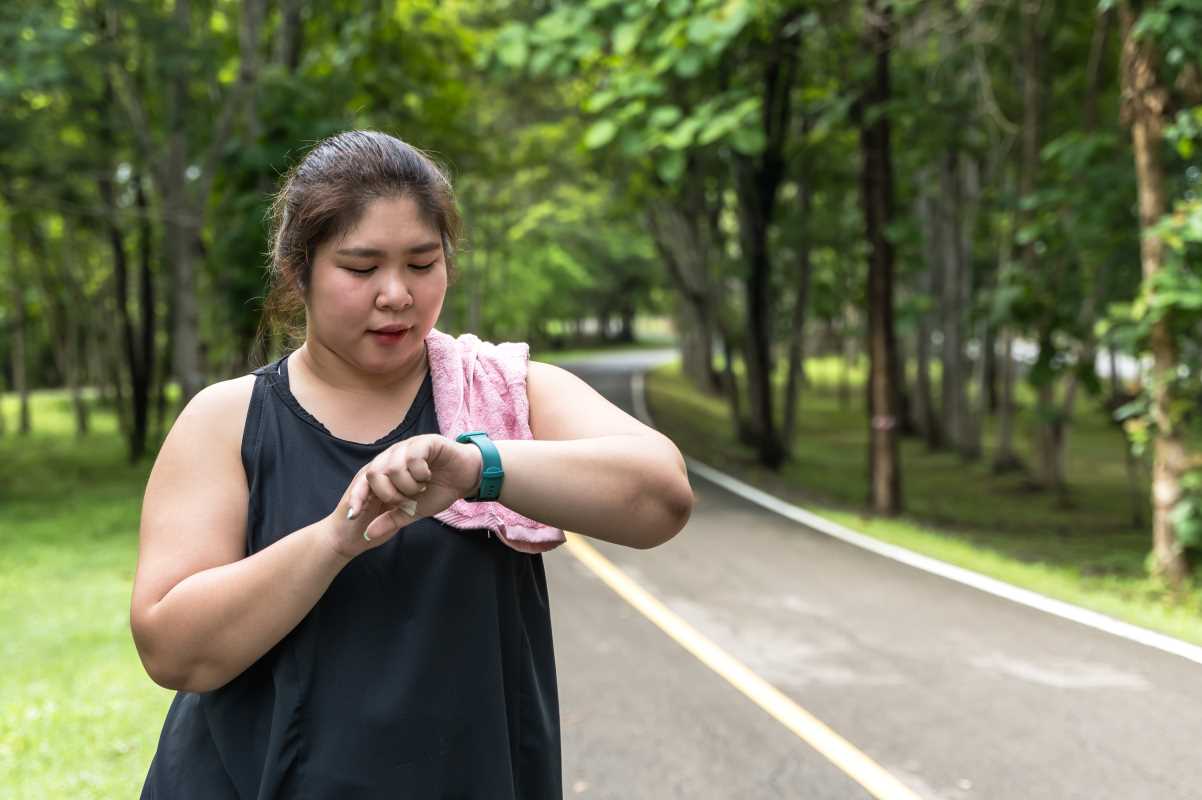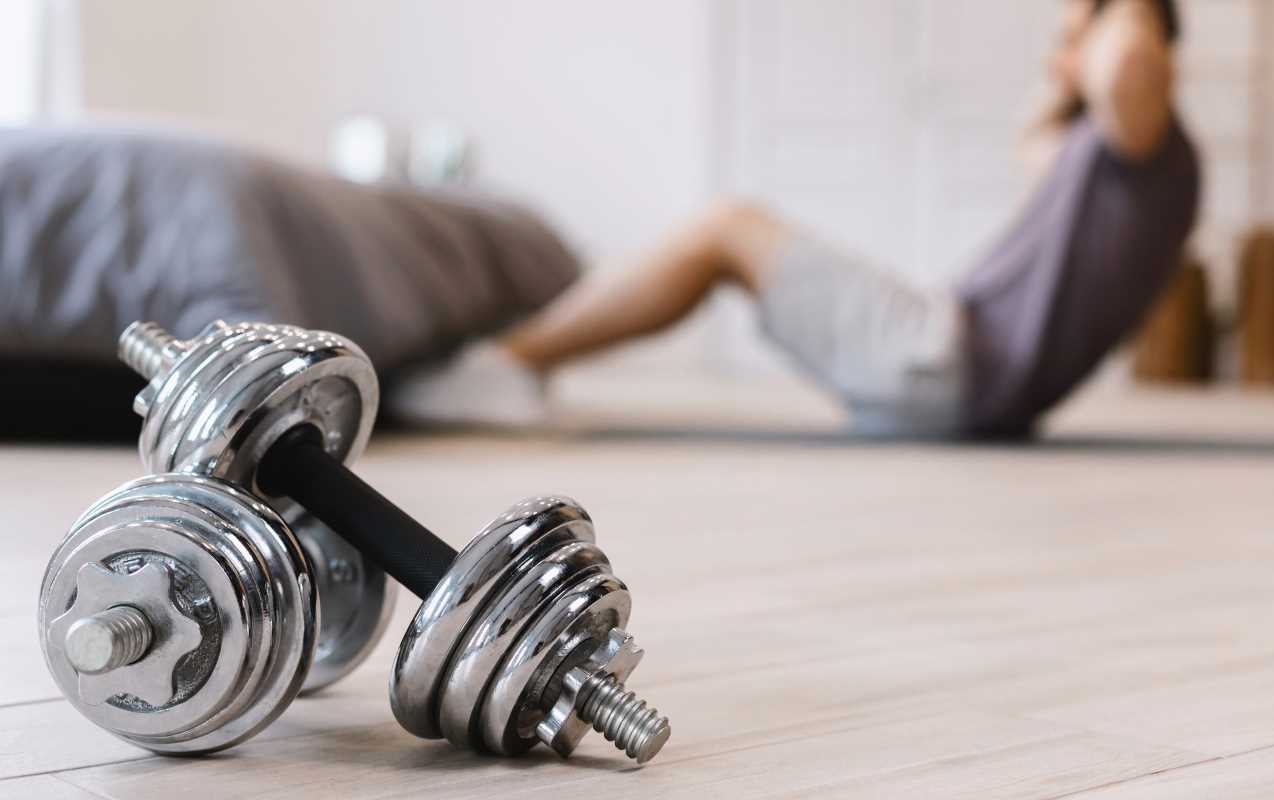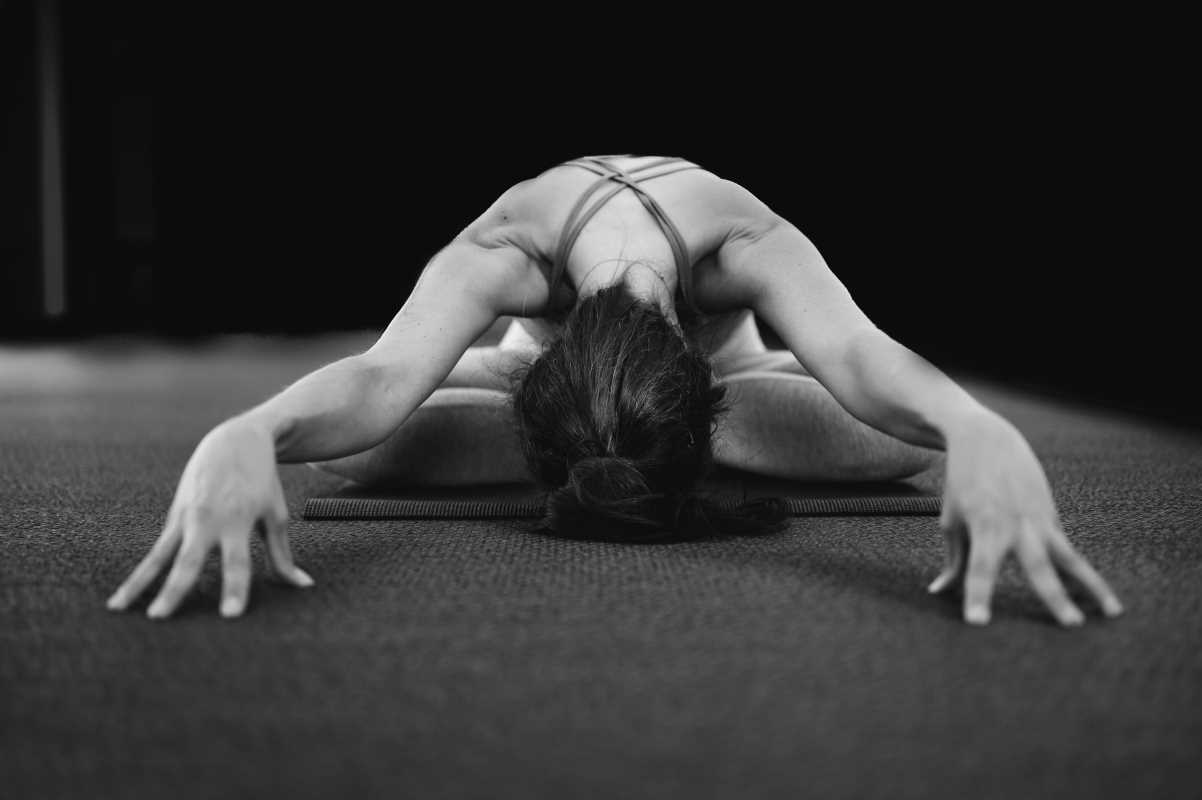Whether you're lacing up sneakers for a leisurely stroll through the neighborhood or preparing for an intense run, you're making a smart choice for your health. Both walking and running rank among the most popular forms of exercise worldwide, and for good reason—they're accessible, cost-effective, and deliver impressive health benefits.
But here's the question that sparks countless debates among fitness enthusiasts: which one is actually better? The truth is, both walking and running offer unique advantages that can transform your physical and mental well-being. Your best choice depends on your current fitness level, available time, personal goals, and what you genuinely enjoy doing.
You'll discover the specific benefits each activity provides, understand how they compare across key health metrics, and learn practical factors to consider when choosing between them. Most importantly, you'll gain the confidence to select the approach that aligns perfectly with your lifestyle and keeps you moving consistently.
The Science Behind Walking and Running
Both walking and running engage multiple muscle groups, strengthen your cardiovascular system, and boost overall fitness. However, they affect your body in distinctly different ways due to variations in intensity, impact, and energy expenditure.
Research from the American Heart Association shows that both activities significantly reduce the risk of heart disease, stroke, and diabetes when performed regularly. The key difference lies in the dose-response relationship—running typically delivers benefits more quickly due to its higher intensity, while walking requires longer durations to achieve similar outcomes.
Your body's response to each activity involves complex physiological processes. During walking, your heart rate increases moderately, your breathing deepens, and blood flow to working muscles improves. Running amplifies these responses, demanding greater oxygen uptake, higher cardiac output, and more intense muscle activation.
Calorie Burn: The Numbers Game
When it comes to burning calories, running takes a clear lead in terms of efficiency. A 155-pound person burns approximately 298 calories during a 30-minute walk at 4 mph, while the same person torches around 372 calories running at 6 mph for the same duration.
However, this comparison doesn't tell the complete story. Walking allows you to exercise for longer periods with less fatigue, potentially leading to similar total calorie expenditure over time. A 60-minute walk burns 596 calories—nearly matching the 30-minute running session when you account for the extended duration.
The "afterburn effect" gives running an additional advantage. High-intensity activities like running continue to burn calories for hours after you finish exercising as your body works to recover and return to its resting state. This phenomenon, technically called excess post-exercise oxygen consumption (EPOC), can increase your total daily calorie burn by 6-15%.
Calorie burn factors that matter:
- Your body weight (heavier individuals burn more calories)
- Exercise intensity and duration
- Terrain and incline
- Weather conditions
- Individual metabolic rate
Cardiovascular Health Benefits
Both walking and running strengthen your heart muscle, lower blood pressure, and improve circulation throughout your body. The cardiovascular benefits are well-documented and significant for both activities.
Walking's Heart-Healthy Impact
A landmark study published in the New England Journal of Medicine followed over 73,000 women for eight years and found that those who walked briskly for 2.5 hours per week reduced their heart disease risk by 30%. Walking at a moderate pace:
- Lowers resting heart rate by 5-10 beats per minute
- Reduces systolic blood pressure by 4-9 mmHg
- Improves HDL (good) cholesterol levels
- Decreases inflammation markers associated with heart disease
Running's Cardiovascular Advantages
Running provides more dramatic cardiovascular improvements in shorter time frames. Research from the American College of Cardiology demonstrates that runners have:
- 45% lower risk of cardiovascular death compared to non-runners
- Significantly improved VO2 max (the gold standard measure of cardiovascular fitness)
- Lower resting heart rate and blood pressure
- Enhanced heart stroke volume and cardiac efficiency
The Copenhagen City Heart Study tracked participants for over 12 years and found that joggers lived an average of 6.2 years longer than non-joggers, with moderate-paced jogging providing the greatest longevity benefits.
Joint Impact and Injury Considerations
The impact forces generated during exercise significantly influence joint health and injury risk. This represents one of the most important distinctions between walking and running.
Walking: The Joint-Friendly Option
Walking is classified as a low-impact exercise, meaning one foot always maintains contact with the ground. This reduces stress on your joints, bones, and connective tissues. The forces transmitted through your body during walking are approximately 1-1.5 times your body weight.
Benefits for joint health include:
- Reduced risk of overuse injuries
- Suitable for people with arthritis or joint problems
- Promotes joint mobility without excessive stress
- Allows for easier recovery between exercise sessions
Running: Higher Impact, Higher Reward
Running generates impact forces of 2-3 times your body weight with each foot strike. While this increased stress can strengthen bones and improve bone density over time, it also elevates injury risk, particularly for beginners or those with existing joint issues.
Common running injuries include:
- Runner's knee (patellofemoral pain syndrome)
- Shin splints
- Achilles tendonitis
- Plantar fasciitis
- Stress fractures
However, research published in Medicine & Science in Sports & Exercise found that recreational runners actually have lower rates of knee arthritis compared to sedentary individuals, suggesting that moderate running may protect joint health when performed correctly.
Mental Health and Cognitive Benefits
Both walking and running powerfully impact your mental well-being and cognitive function. Exercise triggers the release of endorphins, reduces stress hormones, and promotes neuroplasticity—your brain's ability to form new neural connections.
Walking's Mental Health Benefits
Studies from Stanford University demonstrate that walking boosts creative thinking by an average of 60%. The rhythmic, meditative nature of walking:
- Reduces symptoms of anxiety and depression
- Improves mood and self-esteem
- Enhances memory and cognitive function
- Promotes better sleep quality
- Provides opportunities for mindfulness and stress relief
Running's Psychological Advantages
The famous "runner's high" isn't just folklore—it's a scientifically documented phenomenon. Running releases a powerful cocktail of mood-enhancing chemicals including endorphins, endocannabinoids, and neurotransmitters like serotonin and dopamine.
Research published in the Journal of Psychiatric Research found that running for just 15 minutes daily reduces depression risk by 26%. Additional mental health benefits include:
- Significant stress reduction
- Improved anxiety management
- Enhanced cognitive performance
- Better emotional regulation
- Increased self-confidence and sense of accomplishment
Time Efficiency and Practical Considerations
Your available time often determines which exercise fits best into your lifestyle. Both walking and running can be adapted to various time constraints, but they offer different efficiency trade-offs.
Walking: The Flexible Choice
Walking requires less preparation time, allows for multitasking, and can be easily integrated into daily activities. You can:
- Walk during lunch breaks without needing a shower
- Combine walking with errands or commuting
- Exercise at a conversational pace while socializing
- Adapt intensity and duration based on available time
- Walk indoors on treadmills during inclement weather
Running: Maximum Impact in Minimal Time
For busy individuals, running delivers significant health benefits in shorter time frames. A 20-30 minute run can provide cardiovascular and calorie-burning benefits equivalent to 45-60 minutes of walking.
Time-efficient running strategies include:
- High-intensity interval training (HIIT) sessions
- Tempo runs for improved lactate threshold
- Hill training for increased strength and power
- Structured training plans that maximize limited time
Accessibility and Equipment Needs
Both activities require minimal equipment and can be performed almost anywhere, making them highly accessible forms of exercise.
Walking Advantages
Walking demands virtually no special equipment beyond comfortable shoes. You can start immediately regardless of fitness level, and the barrier to entry is extremely low. Walking works well for:
- People returning to exercise after injury or illness
- Older adults seeking safe, effective exercise
- Individuals with mobility limitations
- Those preferring social exercise activities
- Anyone seeking stress-free, enjoyable movement
Running Considerations
While running requires slightly more investment in proper footwear and potentially athletic wear, it remains relatively inexpensive. Consider these factors:
- Quality running shoes reduce injury risk
- Technical fabrics improve comfort during longer runs
- Access to safe running routes may be limited in some areas
- Weather conditions can impact outdoor running more significantly
Age and Fitness Level Factors
Your current fitness level and age play crucial roles in determining which activity suits you best.
Starting Your Exercise Journey
If you're new to regular exercise or returning after a long break, walking provides an ideal starting point. The American College of Sports Medicine recommends beginning with 150 minutes of moderate-intensity activity per week, which walking can easily provide.
Progressive walking programs allow you to:
- Build cardiovascular fitness gradually
- Strengthen muscles and connective tissues
- Establish consistent exercise habits
- Avoid overwhelming physical or mental barriers
Advancing to Running
Once you've established a walking routine and built basic fitness, transitioning to running becomes more feasible. A popular approach involves alternating walking and running intervals, gradually increasing running time as your fitness improves.
Age-Related Considerations
Research from the Journal of Aging and Physical Activity shows that both walking and running remain beneficial throughout life, though adaptations may be necessary:
For older adults (65+):
- Walking provides excellent health benefits with lower injury risk
- Running remains safe for those with established running histories
- Balance training becomes increasingly important
- Recovery time between exercise sessions may need to increase
Making the Right Choice for Your Lifestyle
The best exercise is ultimately the one you enjoy and will perform consistently. Consider these key factors when making your decision:
Choose Walking If You:
- Prefer low-impact, joint-friendly exercise
- Want to exercise while multitasking or socializing
- Are new to regular physical activity
- Have existing joint problems or injuries
- Enjoy longer, more meditative exercise sessions
- Want to minimize equipment needs and preparation time
Choose Running If You:
- Have limited time for exercise
- Enjoy higher-intensity, challenging workouts
- Want maximum calorie burn and cardiovascular benefits
- Are motivated by performance goals and competition
- Don't have joint problems or injury concerns
- Appreciate the mental clarity that comes with vigorous exercise
Consider Combining Both
You don't have to choose exclusively between walking and running. Many successful exercisers incorporate both activities into their routines:
- Use walking for recovery between intense running workouts
- Walk on busy days when time is limited
- Run for focused fitness sessions and walk for stress relief
- Alternate between activities to prevent overuse injuries
- Walk for warm-ups and cool-downs before and after running
 (Image via
(Image via.jpg)





